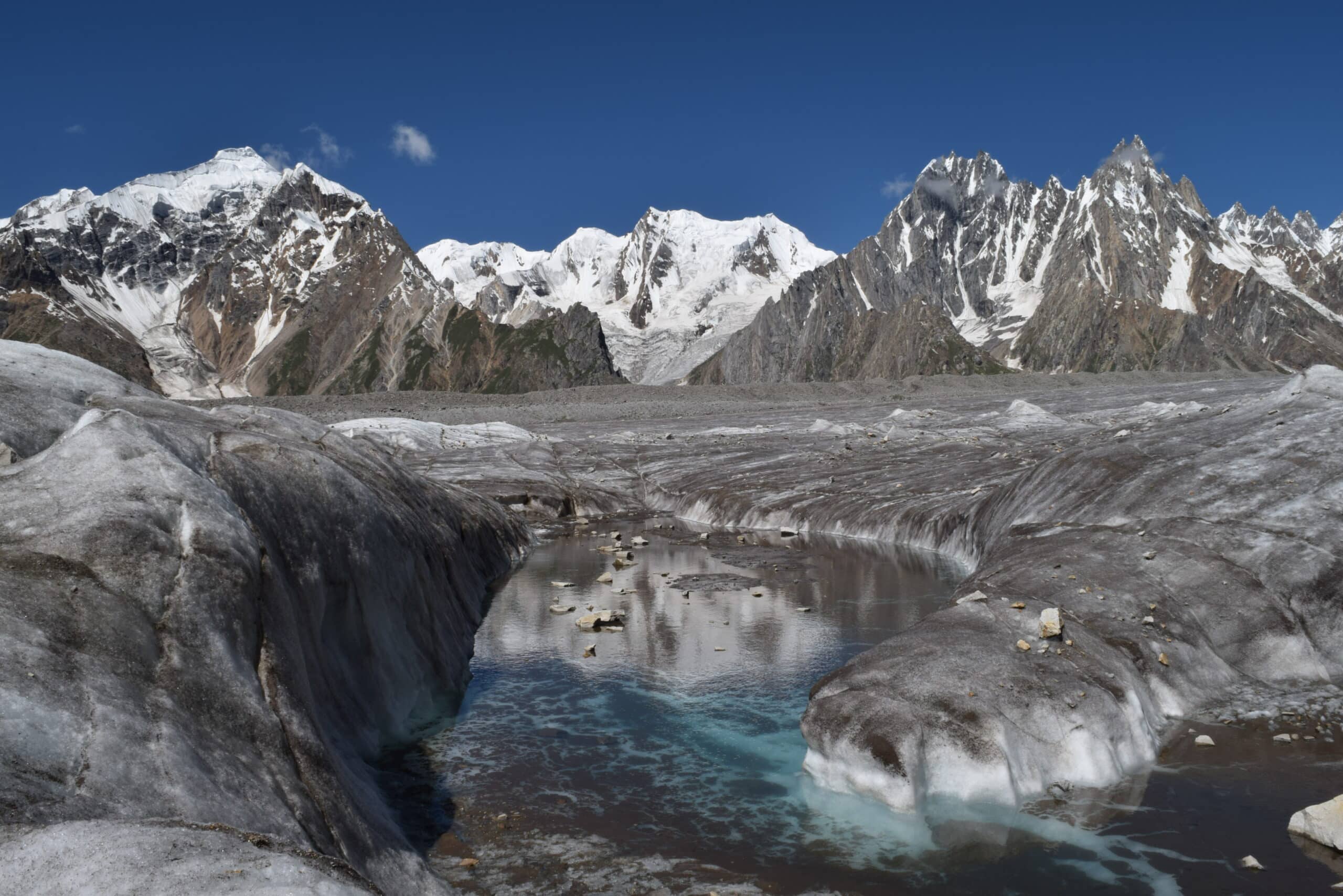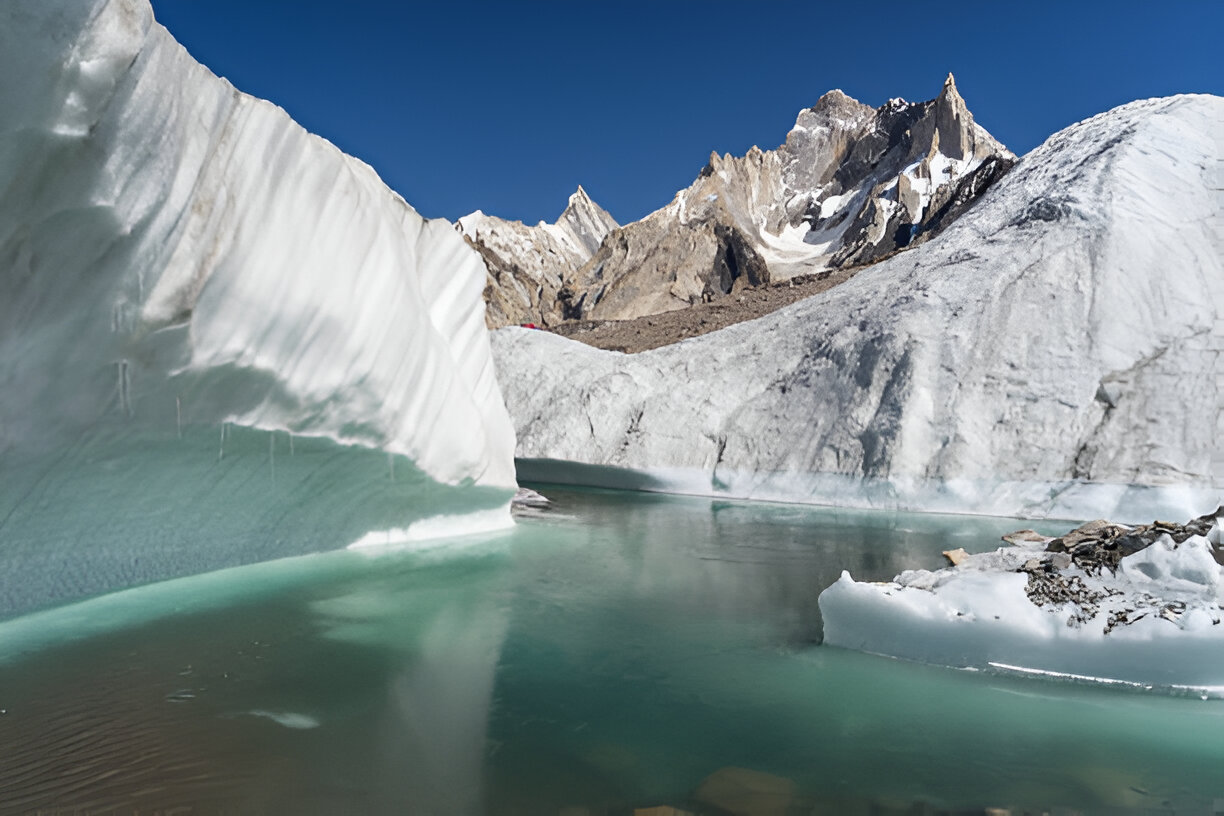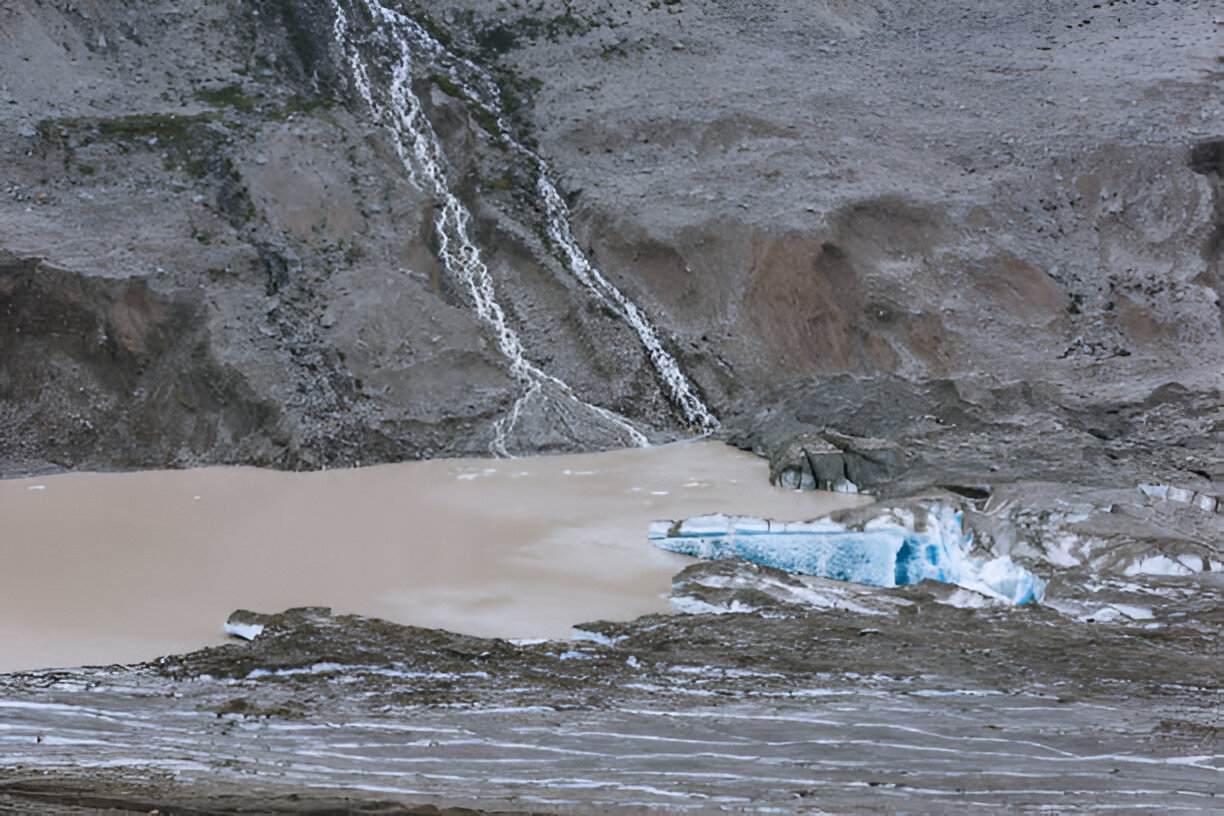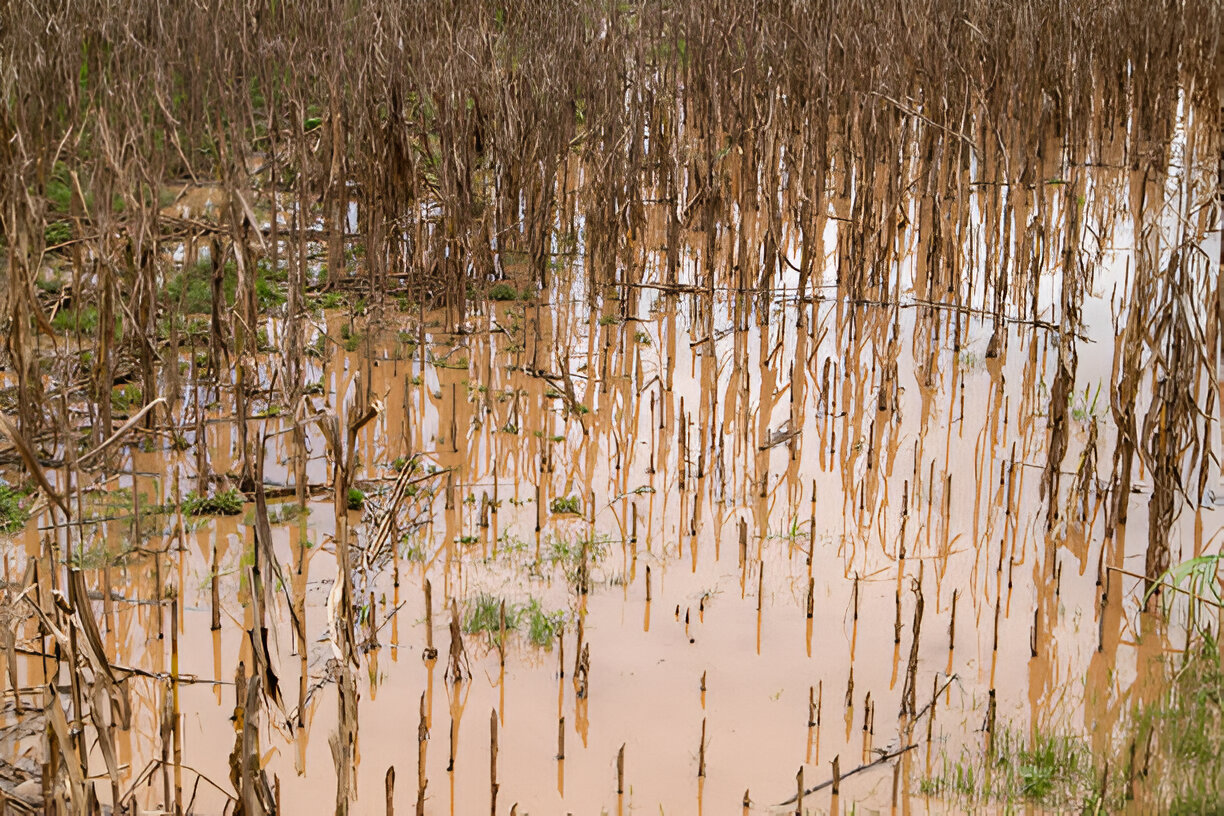
Pakistan is home to some of the largest glacier reserves outside the polar regions, earning it the title of the “Third Pole.” The mighty Karakoram, Himalayan, and Hindu Kush mountain ranges hold more than 7,000 glaciers that act as natural water reservoirs, feeding rivers, sustaining agriculture, and powering hydroelectric plants. However, these icy treasures are under severe threat due to climate change, posing risks to millions of people and ecosystems across the country.
In this article, we explore the current state of Pakistan’s glaciers, the effects of climate change, and what needs to be done to preserve these natural wonders.
Table of Contents
ToggleGlaciers of Pakistan: A Vital Resource
Glaciers in Pakistan are concentrated in the Karakoram, Hindu Kush, and Himalayan mountain ranges, covering an estimated 13,000 square kilometers. Some of the most famous glaciers include:
- Baltoro Glacier – The world’s third-largest non-polar glacier.
- Siachen Glacier – Known for its strategic and geographical importance.
- Biafo Glacier – Home to the world’s longest glacial system outside polar regions.
These glaciers are the lifelines of the Indus River Basin, which sustains nearly 90% of Pakistan’s agriculture and supplies water to millions of households.

Climate Change and Its Effects on Glaciers
1. Rising Temperatures
Pakistan is among the countries most vulnerable to climate change, with temperatures rising faster than the global average. Warmer winters and summers cause glaciers to melt earlier and faster, reducing their mass and altering seasonal water availability.
2. Glacial Lake Outburst Floods (GLOFs)
As glaciers retreat, they create unstable glacial lakes. When these lakes burst, they cause devastating floods downstream. According to reports, over 3,000 glacial lakes exist in Gilgit-Baltistan and Khyber Pakhtunkhwa, with 33 identified as highly dangerous.

3. Changing Snowfall and Rainfall Patterns
Glaciers rely on snowfall to replenish their mass. Changes in precipitation patterns mean less snowfall and more rain, reducing glacier size and affecting water cycles.
4. Karakoram Anomaly
Interestingly, glaciers in the Karakoram Range are stable or even growing slightly due to unique climate patterns. However, scientists warn this anomaly is temporary, and the overall trend still shows significant glacial decline.

Impact on Communities and Ecosystems
- Water Scarcity
Glacier-fed rivers supply water to millions in Pakistan. Rapid melting leads to short-term flooding, followed by long-term water shortages. - Agriculture at Risk
Crops in Punjab and Sindh depend on consistent irrigation from glacier-fed rivers. Changes in water flow disrupt crop cycles and food production. - Energy Production
Pakistan’s reliance on hydropower means that shrinking glaciers threaten energy security. Reservoirs like Tarbela and Mangla are heavily impacted by erratic water inflows. - Biodiversity Loss
Glacier-fed ecosystems, home to rare species like the snow leopard and Indus River dolphin, are at risk due to changing water temperatures and flows.

Key Statistics
- Pakistan has more than 7,000 glaciers, one of the highest concentrations globally.
- Temperature rise in northern Pakistan is 0.6°C higher than the national average.
- Over 7 million people are at risk from glacial lake outburst floods.
Solutions and Preventive Measures
- Glacier Monitoring and Research
Invest in satellite-based monitoring systems to track glacier health and predict risks. - Disaster Preparedness
Strengthen flood early-warning systems and relocate vulnerable communities. - Sustainable Water Management
Adopt efficient irrigation techniques like drip irrigation and water recycling to conserve water. - Climate Adaptation Policies
Pakistan must enforce environmental laws, reduce carbon emissions, and join global initiatives for climate action. - Community Awareness
Educate local populations in Gilgit-Baltistan and Chitral on climate risks and emergency planning.
Conclusion
Pakistan’s glaciers are not just a national treasure but a critical lifeline for agriculture, energy, and drinking water. The rapid pace of climate change threatens to destabilize these natural resources, creating a ripple effect on the country’s economy and environment.
Urgent measures, from scientific research to policy implementation, are needed to slow glacier retreat and protect communities. The future of Pakistan’s glaciers depends on how we act today.
